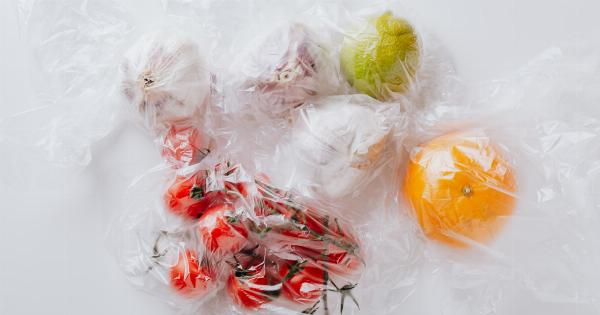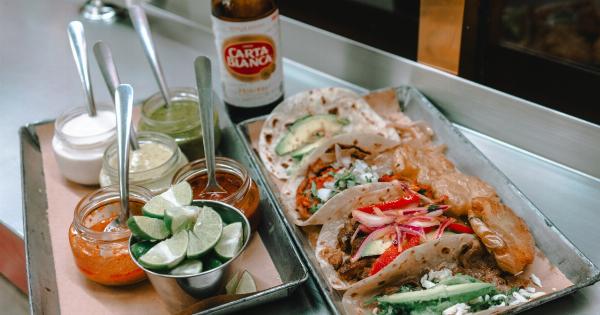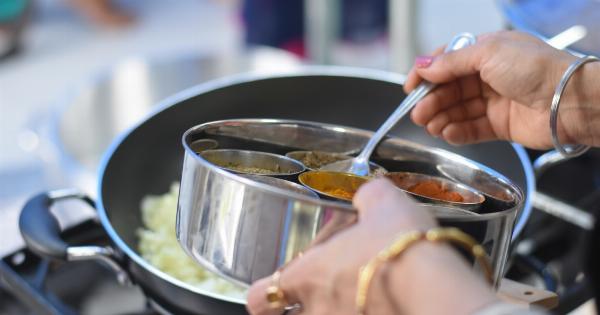The microwave oven has become an essential appliance in most households, offering convenience and speed when it comes to cooking or reheating food.
However, it’s important to use this appliance safely to avoid any potential risks or health hazards. In this ultimate guide, we will provide you with tips and tricks for microwaving food safely and quickly.
1. Choosing Microwave-Safe Containers
When it comes to microwaving food, using the right containers is crucial. Opt for microwave-safe containers made of glass, ceramic, or microwave-safe plastic. Avoid using metal, as it can cause sparks and damage your microwave.
2. Covering Food
Unless the recipe specifically states otherwise, always cover your food when microwaving. This helps in retaining moisture and heat, resulting in quicker and more even cooking.
You can use microwave-safe lids, wax paper, or microwave-safe plastic wraps to cover your dishes.
3. Stirring and Flipping
For even cooking, stir or flip your food halfway through the microwaving process. This helps distribute heat evenly and prevents any cold spots. Be cautious while removing covers or wraps, as hot steam can escape and cause burns.
4. Arranging Food Properly
Arrange your food in a way that promotes even cooking. Place thicker parts towards the outer edge of the dish and thinner parts in the center. This ensures that everything cooks at the same rate.
5. Using Microwave-Safe Utensils
Always use utensils that are suitable for microwaving. Avoid metal objects, as they can create sparks and potentially damage your microwave. Opt for heat-resistant utensils made of microwave-safe plastic or silicone.
6. Understanding Power Levels
Most microwaves come with different power settings. The higher the power level, the faster your food will cook. However, certain foods, like delicate desserts or sauces, may require lower power levels to prevent them from overheating or spilling over.
7. Defrosting Food Properly
When defrosting food in the microwave, it’s important to follow the recommended guidelines to ensure safe consumption. Use the microwave’s defrost function or select a low power level to thaw frozen food gradually.
Rotate and flip the food periodically for even thawing.
8. Using Microwave-Safe Covers
When microwaving foods with high moisture content, such as soups or sauces, it’s essential to use a microwave-safe cover to prevent splattering. This helps maintain cleanliness and prevents any unwanted messes inside the microwave.
9. Avoiding Superheating
Superheating is when a liquid inside the microwave gets heated beyond its boiling point without actually bubbling. This can lead to unexpected eruptions and burns when the liquid is disturbed.
To avoid superheating, add a non-metallic object, like a wooden stir stick, to the liquid while heating.
10. Checking for Hot Spots
After microwaving, let your food sit inside the microwave for a minute or two before removing it. This allows the heat to distribute evenly, preventing any hot spots that can cause burns.
Be cautious when removing hot dishes, and always use oven mitts or microwave-safe gloves.
Conclusion
Microwaving food safely and quickly is achievable by following these tips and precautions. Remember to choose microwave-safe containers, cover your food, stir and flip it during the process, and arrange it properly.
Use microwave-safe utensils, understand power levels, defrost food properly, and use covers for high moisture content foods. Avoid superheating, check for hot spots, and prioritize your safety while handling hot dishes. By following these guidelines, you can utilize your microwave oven effectively and enjoy delicious meals with ease.





















